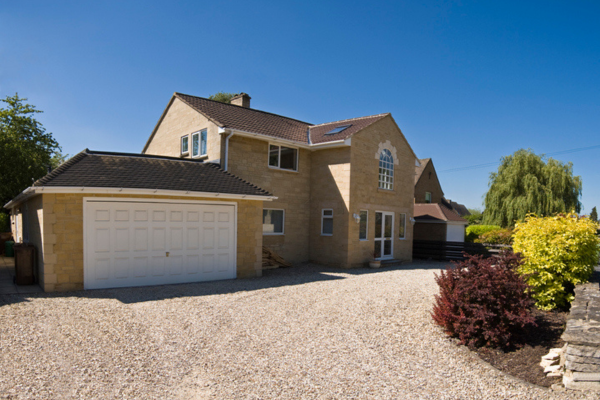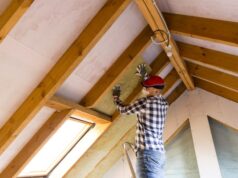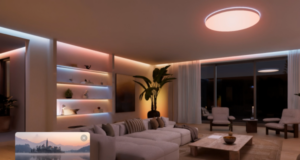
A gravel driveway is composed of loose aggregate, typically bordered by materials such as concrete, timber, or metal to contain the gravel and prevent it from spreading. The aggregate can vary in size and colour, offering a range of aesthetic options.
Best use
Gravel driveways are ideal for longer drives and larger parking areas, particularly in rural or semi-rural settings where cost-effective and permeable surfacing is desired. They are best suited to flatter areas, as the gravel can migrate on slopes.
Maintenance requirements
Regular maintenance is essential to keep a gravel driveway in good condition. This includes raking the surface to redistribute gravel, topping up material as needed, and addressing weed growth. Maintenance is typically required once or twice a year.
Slope considerations
While gravel is porous, it requires a minimum slope of 1:100 to ensure proper drainage and prevent pooling. The maximum recommended slope is 11:100; steeper gradients may lead to gravel displacement and surface erosion.
Installation process
Proper installation involves several key steps:
- Site preparation: Excavate the area to the desired depth and ensure proper drainage.
- Base layer: Install a sub-base of compacted material to provide stability.
- Geotextile membrane: Lay a membrane to prevent weed growth and mixing of layers.
- Gravel application: Spread the chosen gravel evenly over the prepared base.
- Compaction: Use a roller or plate compactor to compact the surface, ensuring a solid and level finish.
Borders or edging materials should be installed to contain the gravel and prevent it from spilling onto adjacent areas.
Cost considerations
The cost of a gravel driveway varies based on factors such as the type of gravel used, the size of the area, and local material availability. On average, costs range from $10 to $30 per square metre. Premium materials or decorative finishes may incur higher costs.
Advantages
- Cost-effective compared to other surfacing options.
- Variety of colours and textures available.
- Permeable surface allows for natural water drainage.
- Relatively easy to install and repair.
Disadvantages
- Requires regular maintenance to maintain appearance and functionality.
- Can be prone to weed growth if not properly managed.
- Surface can become uneven over time due to traffic.
- May not be suitable for areas with heavy rainfall or steep gradients.





